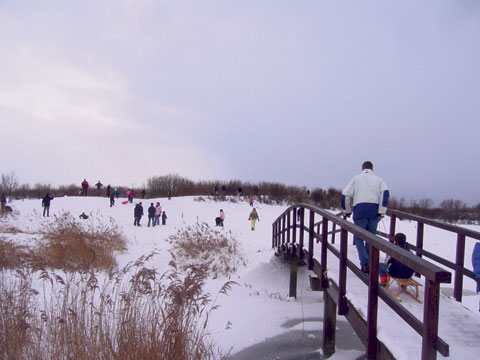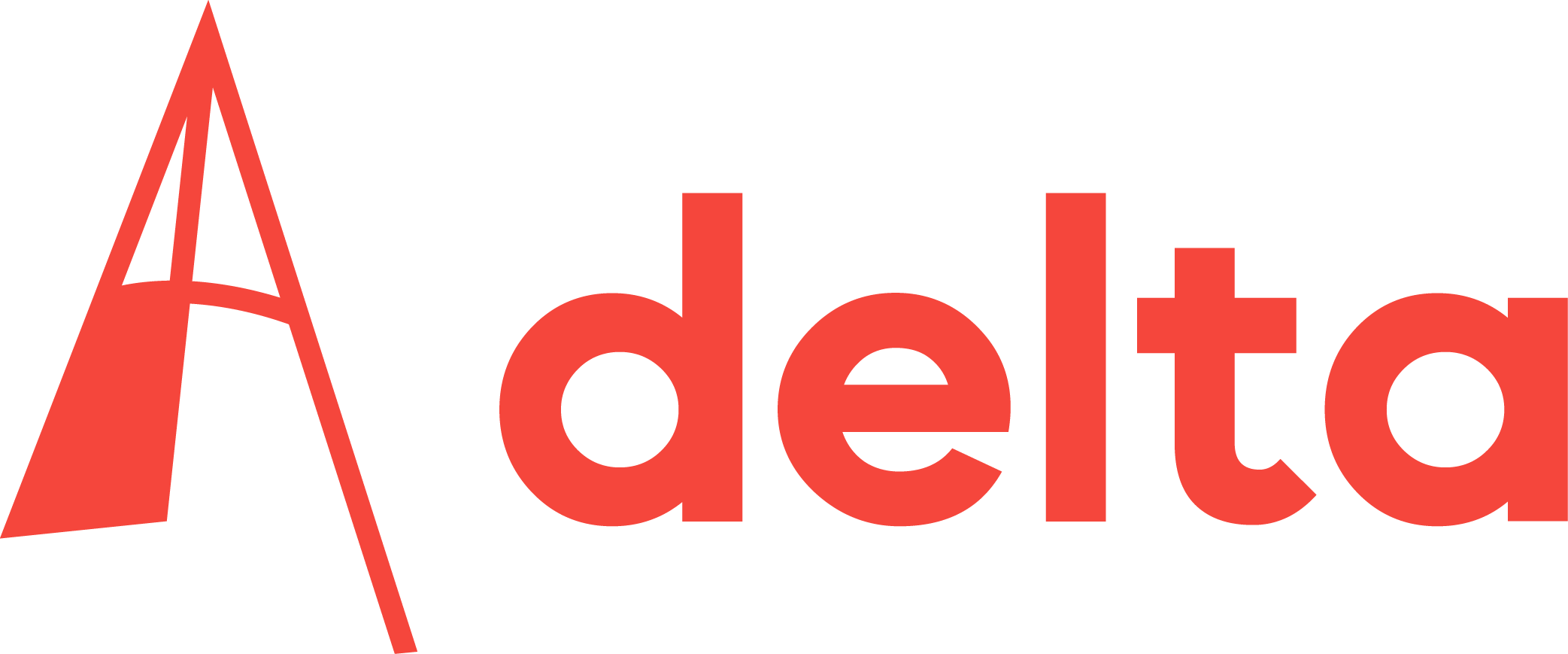WinterscapeIf you’ve been to one of the many Dutch fine arts museums, you’ve probably seen a painting of a classic Dutch winterscape. They were a popular genre in 17th century Dutch art, depicting idyllic scenes of winter pastimes: ice skating, sledding, skiing, snowball fighting, snowman-making.
Often all these activities were shown simultaneously in one painting, against a wintery backdrop of iced-over canals and snow-covered bridges, windmills, houses and fields.
These sorts of winterscapes have over the years become obsolete. With the changing Dutch climate, winters began to resemble stormy monsoon seasons rather than snowy fairytales – until this year. With the whitest Christmas season the Netherlands has seen in years, the locals poured out into the streets and parks and onto the frozen canals with their ice skates, sledges and skis for a bit of good old Dutch winter fun. As a visitor, I was surprised to see how well-prepared all the Dutch families were for this sudden change of season, despite the fact that previously it rarely snowed here. Nearly all the kids in the park had sleds and many adults sported cross-country skis. Passing some kids making a snowman, I couldn’t resist the temptation to make my own. And then it hit me: I too was now part of my very own real-life Dutch winterscape.
Ludiek bedoelde cadeaus. Daar komen andere verenigingen nogal eens mee aanzetten, op constitutieborrels ter ere van een bestuurswisseling. “Dan krijg je een typemachine of bijvoorbeeld een bank”, verduidelijkt Michiel de Reus, secretaris van studievereniging Christiaan Huygens. “Leuk voor het moment, maar je hebt er niets aan.”
In principe eveneens nutteloos zijn de vele uilen die de studievereniging van wiskunde en informatica cadeau krijgt. Dat krijg je ervan, als de uil je logo is. Ze komen ook uit eigen gelederen binnenwaaien. Via oud-bestuursleden bijvoorbeeld, die ze van buitenlandse reizen meenemen. De Reus: “We hebben op ons hok twee vitrines met beeldjes van uilen staan. In alle soorten en maten. Ze komen overal vandaan. Uit Chili bijvoorbeeld, en uit Portugal, als afbeelding op een tegeltje. We hebben er ook een die op zonne-energie werkt. Die reageert op de tl-balken. En we hebben een Russische uil. Zo een die je eindeloos in elkaar kunt passen.”
Ook diesborrels zijn aanleiding om de vereniging met een cadeautje te plezieren. “Onze jaarboekcommissie heeft als traditie dat ze het cadeau elk jaar óf groter maken óf zwaarder dan het jaar ervoor. Twee jaar geleden kregen wij een heel zwaar beeld van een uil. Het jaar daarna kwamen ze aanzetten met een enorme uil van triplex. Dit jaar kwamen ze met een nóg grotere uil, van twee meter hoog. Gemaakt van pvc-buizen.” Die laatste uil was helaas geen lang leven beschoren, vanwege gebrek aan ruimte. Waarom het symbool van de wijsheid in het logo van de 52-jarige vereniging zit, laat zich raden: “Wiskundigen vinden zichzelf vaak erg wijs.”
 Winterscape
WinterscapeWinterscape
If you’ve been to one of the many Dutch fine arts museums, you’ve probably seen a painting of a classic Dutch winterscape. They were a popular genre in 17th century Dutch art, depicting idyllic scenes of winter pastimes: ice skating, sledding, skiing, snowball fighting, snowman-making. Often all these activities were shown simultaneously in one painting, against a wintery backdrop of iced-over canals and snow-covered bridges, windmills, houses and fields.
These sorts of winterscapes have over the years become obsolete. With the changing Dutch climate, winters began to resemble stormy monsoon seasons rather than snowy fairytales – until this year. With the whitest Christmas season the Netherlands has seen in years, the locals poured out into the streets and parks and onto the frozen canals with their ice skates, sledges and skis for a bit of good old Dutch winter fun. As a visitor, I was surprised to see how well-prepared all the Dutch families were for this sudden change of season, despite the fact that previously it rarely snowed here. Nearly all the kids in the park had sleds and many adults sported cross-country skis. Passing some kids making a snowman, I couldn’t resist the temptation to make my own. And then it hit me: I too was now part of my very own real-life Dutch winterscape.


Comments are closed.